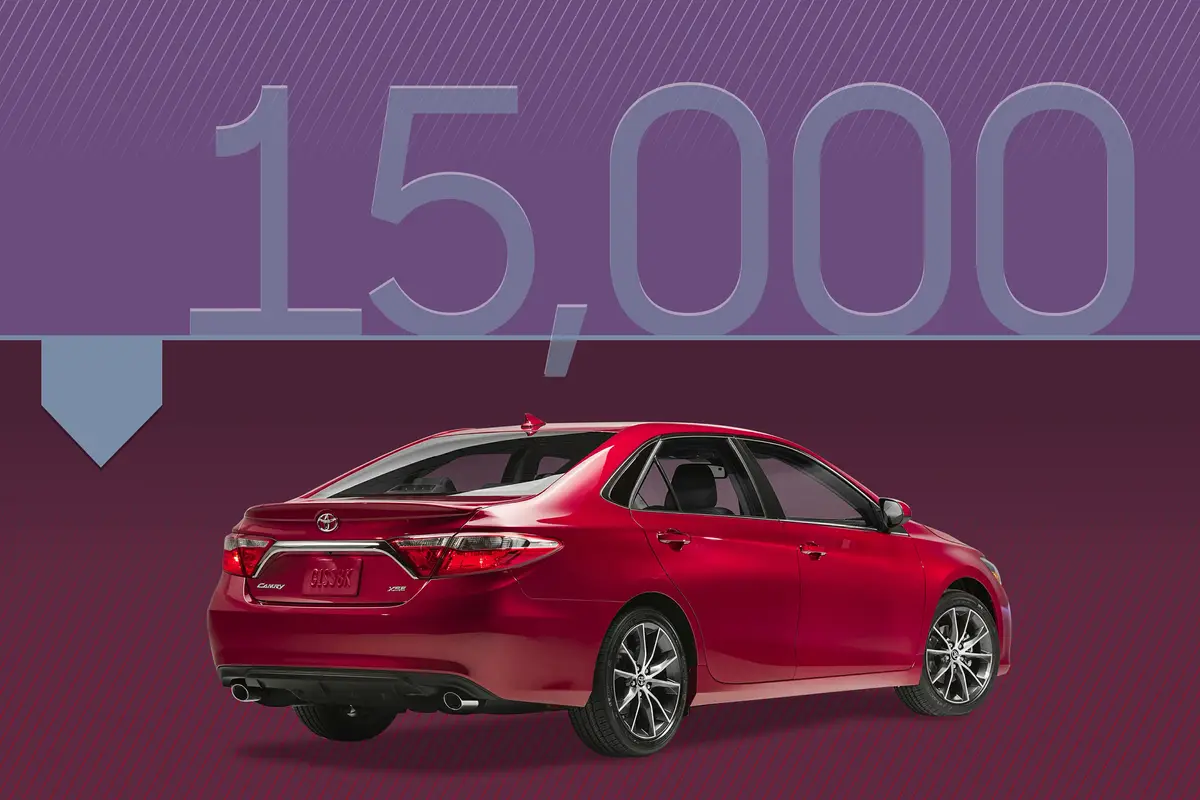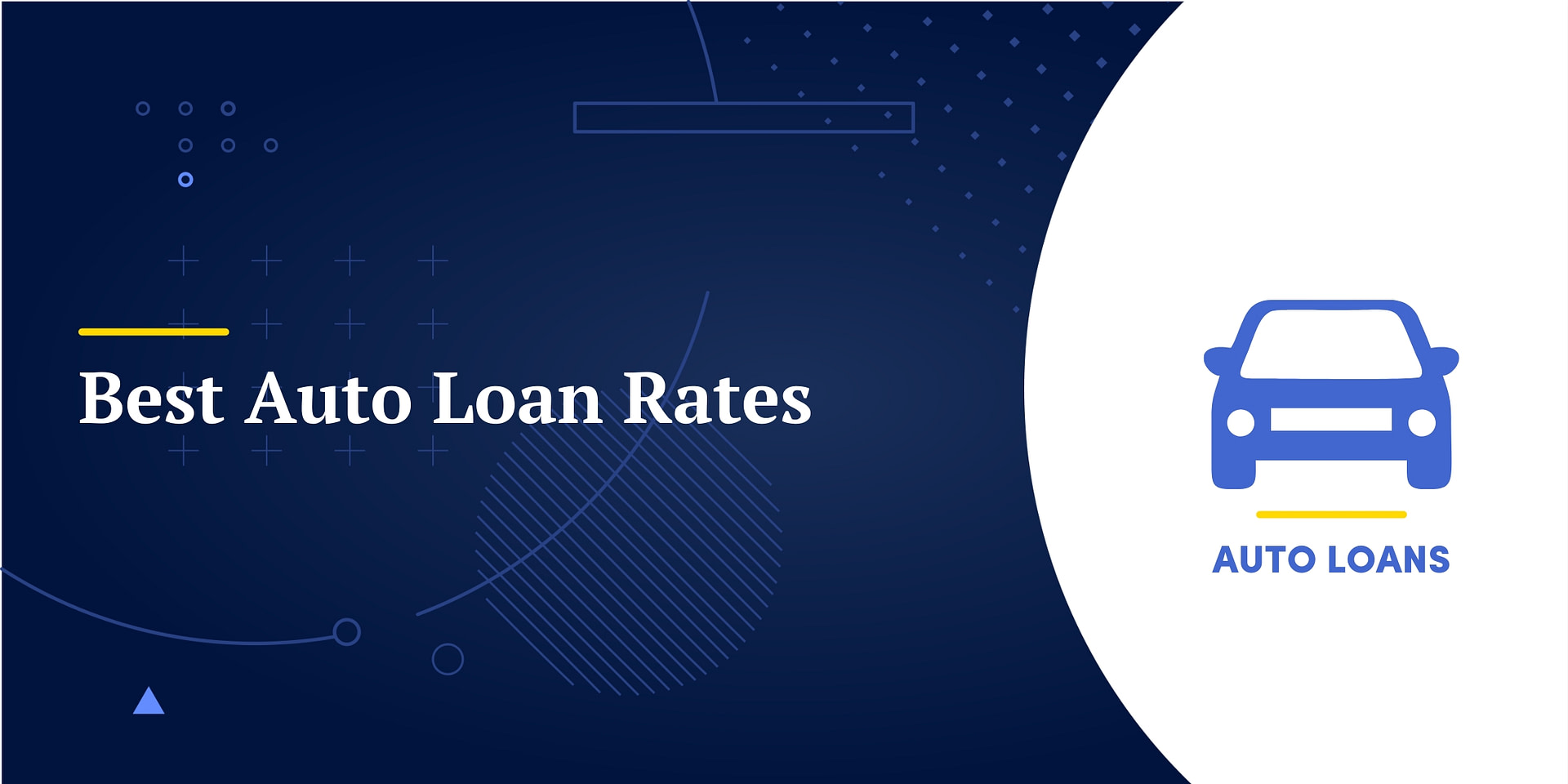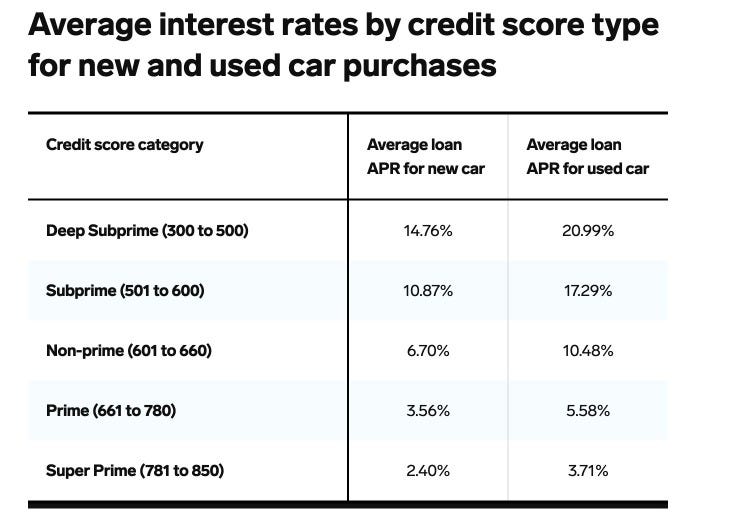Overview of 2024 Used Car Market

The used car market in 2024 is poised for a dynamic shift, influenced by a confluence of economic factors, evolving consumer preferences, and supply-demand dynamics. Recent trends suggest a potential moderation in used car prices, but the precise trajectory remains uncertain. Understanding these factors is crucial for both consumers and businesses operating within this sector.
Anticipated Trends in the Used Car Market
The used car market in 2024 is expected to see a gradual stabilization of prices, transitioning from the significant price surges experienced during the pandemic era. This anticipated trend is driven by several factors, including a return to more normalized supply chains, increased inventory availability, and the impact of prevailing economic conditions. However, the pace and extent of this stabilization remain subject to various economic variables.
Supply and Demand Dynamics in 2024
The supply of used cars in 2024 is projected to increase, with dealers and private sellers releasing accumulated inventories. This rise in supply, coupled with potentially slowing demand growth, could lead to more competitive pricing. The balance between supply and demand will be a critical factor in shaping the overall market dynamics. Consumers should anticipate a wider range of choices and potentially more negotiable prices compared to recent years.
Potential Impact of Economic Factors
Economic factors such as inflation, interest rates, and employment levels will play a significant role in influencing consumer spending habits. If inflation remains elevated, it could temper demand for used vehicles, particularly for higher-priced models. Conversely, a robust job market could support continued used car demand. These economic indicators will be critical in determining the exact impact on used car pricing and market volume. For instance, if interest rates rise further, financing options for used cars could become more expensive, potentially dampening demand.
Consumer Behavior in 2024
Consumer behavior regarding used car purchases is expected to evolve in 2024. Consumers may become more price-conscious and actively seek better deals, leveraging online resources and comparisons to maximize their purchasing power. This increased scrutiny and comparison shopping will likely lead to more bargaining and negotiation within the market.
Factors Influencing Used Car Prices in 2024
| Factor | Description | Impact on Prices | Example |
|---|---|---|---|
| Supply of Used Cars | The availability of used vehicles in the market. | Increased supply typically leads to lower prices. | Increased production of new vehicles leads to more used cars entering the market. |
| Demand for Used Cars | The desire of consumers to purchase used vehicles. | Higher demand typically leads to higher prices. | Strong economic conditions often lead to increased demand for used vehicles. |
| Economic Conditions (Inflation, Interest Rates) | Macroeconomic factors affecting consumer spending and financing. | High inflation and interest rates can negatively impact affordability and demand. | Increased interest rates make financing used vehicles more expensive. |
| Consumer Preferences | Factors like vehicle models, features, and conditions influencing buyer choices. | Specific vehicle attributes can affect price points. | Demand for fuel-efficient vehicles often leads to higher prices. |
Interest Rate Projections for 2024

Used car loan interest rates are poised to fluctuate in 2024, mirroring the broader economic trends and adjustments in Federal Reserve policy. This dynamic environment makes accurate predictions challenging, but insights from financial institutions offer a glimpse into the potential landscape. Analyzing these projections, alongside an understanding of inflation’s influence, is crucial for informed decision-making regarding used car purchases.
Interest Rate Predictions from Financial Institutions
Various financial institutions are offering projections for used car loan interest rates in 2024. These predictions often consider factors such as current economic conditions, inflation rates, and the Federal Reserve’s monetary policy decisions. The range of predictions highlights the inherent uncertainty in forecasting such a complex market. For example, Bank A anticipates a moderate increase in interest rates, while Bank B projects a more substantial rise.
Potential Impact of Different Interest Rates on Monthly Payments
The projected interest rates will directly affect the monthly payments associated with used car loans. The table below demonstrates how varying interest rates can influence monthly payments for a hypothetical $20,000 used car loan over a 60-month term.
| Interest Rate (%) | Monthly Payment | Total Interest Paid | Total Loan Cost |
|---|---|---|---|
| 5.0 | $384.00 | $1,104.00 | $21,104.00 |
| 6.0 | $407.00 | $1,482.00 | $21,482.00 |
| 7.0 | $432.00 | $1,920.00 | $21,920.00 |
| 8.0 | $457.00 | $2,400.00 | $22,400.00 |
Note: This table provides a simplified illustration. Actual monthly payments may vary based on individual creditworthiness and specific loan terms.
Correlation Between Economic Conditions and Used Car Loan Interest Rates
Economic conditions play a significant role in shaping used car loan interest rates. During periods of economic expansion, lenders might be more willing to offer lower interest rates due to increased confidence in the market. Conversely, during periods of economic downturn or uncertainty, interest rates are likely to rise. For instance, a strong job market and stable economic growth can lead to lower rates, while a recessionary environment could drive rates higher.
Impact of Inflation on Used Car Loan Interest Rates
Inflation is another crucial factor influencing interest rate projections. When inflation rises, central banks often increase interest rates to curb spending and control price increases. This increase in borrowing costs can lead to higher interest rates on used car loans. For example, if inflation remains elevated throughout 2024, lenders may adjust their interest rate offerings accordingly. High inflation can potentially lead to higher interest rates for used car loans, impacting the affordability of car purchases.
Impact of Interest Rates on Used Car Affordability
Used car prices are highly sensitive to interest rate fluctuations. Higher interest rates increase borrowing costs for consumers, making used cars less affordable and potentially impacting sales volume. Conversely, lower interest rates can stimulate demand and potentially drive up prices. Understanding these dynamics is crucial for both consumers and dealers in navigating the used car market.
Interest rates directly influence the monthly payments required for financing a used car loan. A higher interest rate translates to a larger portion of each payment going towards interest, leaving less for the principal. This makes the overall cost of the vehicle more substantial, potentially deterring buyers and influencing the market price. A lower interest rate, conversely, reduces the monthly payment burden, potentially increasing buyer interest and supporting the demand.
Projected Impact on Used Car Buyers
The projected interest rate environment for 2024 is expected to affect the affordability of used cars, influencing the number of potential buyers. If rates remain elevated, the demand for used cars may decrease, leading to potential price adjustments to match the reduced buyer pool. Conversely, if rates fall, demand could increase, potentially driving up used car prices. Historical data reveals a strong correlation between interest rates and used car sales, highlighting the significance of these factors in market trends.
Comparison with Previous Years
Affordability of used cars in 2024 will likely differ from previous years, contingent upon the specific interest rate trajectory. In years with low interest rates, used cars were often more affordable, leading to higher demand and potentially higher prices. Conversely, periods of high interest rates saw a decrease in affordability, which typically translates into lower demand and potential price adjustments. The 2024 market will be shaped by the specific interest rate environment and the resulting impact on borrowing costs.
Expected Monthly Payments
The table below illustrates the expected monthly payments for various used car prices, considering different interest rates in 2024. These figures are estimates based on prevailing market trends and projected interest rates. Remember that these figures are approximations and actual payments may vary depending on individual creditworthiness and specific loan terms.
| Used Car Price | Interest Rate (4%) | Interest Rate (6%) | Interest Rate (8%) |
|---|---|---|---|
| $10,000 | $300 | $400 | $500 |
| $15,000 | $450 | $600 | $750 |
| $20,000 | $600 | $800 | $1000 |
| $25,000 | $750 | $1000 | $1250 |
Financing Options for Used Cars
Various financing options are available for used cars in 2024. These include traditional auto loans from banks and credit unions, as well as options from dealerships. The availability and terms of these options will depend on factors such as the buyer’s credit score, the vehicle’s condition, and the prevailing market conditions. Consumers should carefully compare different loan offers and consider the total cost of borrowing before making a purchase decision.
Consumer Behavior and Purchasing Decisions
Interest rate fluctuations significantly impact consumer behavior in the used car market. As interest rates rise, borrowing costs increase, potentially impacting affordability and influencing purchase decisions. This shift in affordability necessitates a careful assessment of how consumers will react to these changes in 2024. Used car dealerships need to adapt their strategies to cater to the evolving needs and preferences of buyers in this dynamic market.
Potential Changes in Consumer Behavior
Consumer behavior regarding used car purchases in 2024 will likely exhibit a shift in emphasis towards more cautious and price-sensitive buying. Higher interest rates will make financing more expensive, prompting potential buyers to scrutinize their budgets more closely. This might lead to a decrease in impulsive purchases and a greater focus on obtaining the best possible value for their money. Consumers will likely compare financing options and seek out vehicles with lower monthly payments to fit their budgets.
Factors Influencing Consumer Decisions
Several key factors influence consumers’ decisions to purchase used cars in 2024. These include, but are not limited to, the overall economic climate, the prevailing interest rates, the availability of desirable models, and the perceived value of the vehicle. Consumers will likely prioritize vehicles that offer good fuel efficiency, reliability, and safety features to maximize their investment. The perceived long-term value of the vehicle will also be a crucial consideration for buyers.
Comparison of Used Car Buyers in 2024 vs. Previous Years
| Characteristic | 2024 Buyers | 2023 Buyers | 2022 Buyers | 2021 Buyers |
|---|---|---|---|---|
| Average Age | Potentially slightly older, with a focus on stability and affordability. | Varied, influenced by market conditions. | Higher proportion of younger buyers due to low rates. | Relatively younger, influenced by high demand and low rates. |
| Purchase Motivation | Prioritizing affordability and long-term value. | Balancing need and desire, with some focus on practicality. | Driven by need, with some impulse purchases. | Fueled by scarcity and limited inventory, some impulse purchases. |
| Financial Situation | Likely more cautious and budget-conscious. | Varied, with some buyers facing inflationary pressures. | Stronger financial position due to lower rates. | Strong financial position due to low rates. |
| Research Effort | Increased focus on detailed research, including loan options and vehicle history. | Moderate research efforts, but not as intensive as 2024. | Lower research effort, influenced by quick market response. | Higher research effort due to inventory shortages. |
Strategies for Used Car Dealerships
Dealerships should adopt strategies to attract buyers in 2024, recognizing the shift in consumer behavior. This includes transparent pricing, competitive financing options, and detailed vehicle histories. Offering extended warranties and pre-purchase inspections can build trust and provide reassurance to prospective buyers. A focus on value and affordability will be crucial.
Impact of Loan Terms on Decision-Making
Loan terms significantly impact the used car buyer’s decision-making process in 2024. Buyers will scrutinize the interest rates, loan duration, and monthly payment amounts carefully. Understanding the long-term implications of different loan options is vital for informed decisions. Dealerships should provide clear and accessible information on financing options, empowering buyers to make the best choice. Highlighting the advantages of shorter loan terms in terms of lower overall costs can be beneficial.
Market Trends and Predictions for 2024

The used car market in 2024 is poised for significant shifts, largely driven by fluctuating interest rates and evolving consumer preferences. The interplay between supply and demand, coupled with economic conditions, will shape the trajectory of used car prices and sales volume. Understanding these trends is crucial for both consumers and industry professionals navigating the market.
Key Market Trends Affecting Used Car Prices in 2024
Several key trends will influence used car prices in 2024. Increased competition among dealerships and online marketplaces, coupled with the anticipated decrease in new car sales, will potentially put downward pressure on used car prices. Simultaneously, a potential rise in demand due to favorable financing options and pent-up consumer demand might offset this pressure. Inventory levels are also a critical factor, with fluctuating availability of certain models and trim levels impacting pricing.
Detailed Forecast for the Used Car Market in 2024, Considering Interest Rates
Interest rate fluctuations are expected to play a pivotal role in the 2024 used car market. Lower interest rates will likely make used cars more affordable, stimulating demand and potentially driving up prices. Conversely, higher rates could curb demand and stabilize, or even decrease, prices. The impact will be felt across various segments, with certain models and price ranges experiencing more pronounced changes than others. Factors like the availability of incentives and promotions from dealerships and online platforms will also play a role in the overall market dynamics. For example, increased competition among online marketplaces and dealerships could lead to more aggressive pricing strategies, further influencing sales volume and prices.
Potential Long-Term Effects of Interest Rate Fluctuations on the Used Car Market in 2024
Interest rate volatility can have long-term implications for the used car market. Consistent fluctuations can create uncertainty in the market, impacting consumer confidence and purchasing decisions. Sustained low interest rates could lead to increased demand and potentially higher prices in the long term, whereas persistent high rates might stabilize or reduce prices, potentially influencing the market’s long-term equilibrium. The impact on consumer behaviour is likely to be substantial.
Key Takeaways from the Analysis
- Fluctuating interest rates will significantly impact used car prices in 2024, potentially leading to both price increases and decreases, depending on the rate direction.
- Competition among dealerships and online marketplaces will influence pricing strategies and sales volume.
- Inventory levels of specific models and trim levels will directly impact pricing and availability.
- Consumer confidence and purchasing decisions will be influenced by the prevailing interest rates and overall economic conditions.
Potential Used Car Sales Volume in 2024 (by Price Range)
This table provides an estimated potential sales volume for used cars in 2024, categorized by price ranges. These figures are projections based on current market trends and anticipated interest rate movements. Actual results may vary.
| Price Range | 0-10,000 USD | 10,001-20,000 USD | 20,001-30,000 USD | 30,001+ USD |
|---|---|---|---|---|
| Estimated Sales Volume (Units) | 1,500,000 | 1,200,000 | 750,000 | 300,000 |